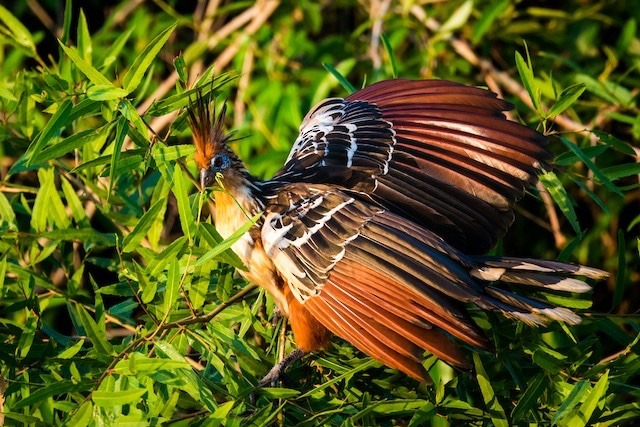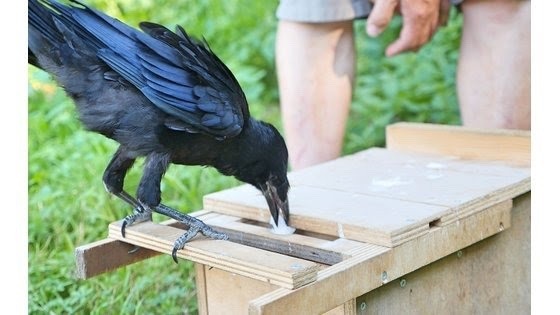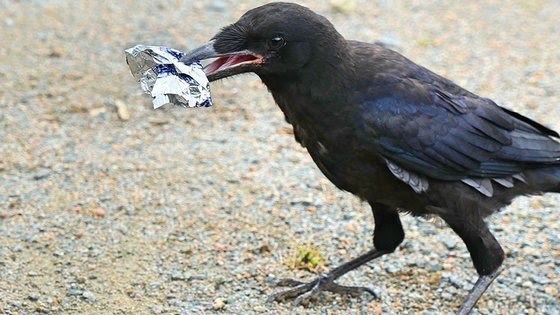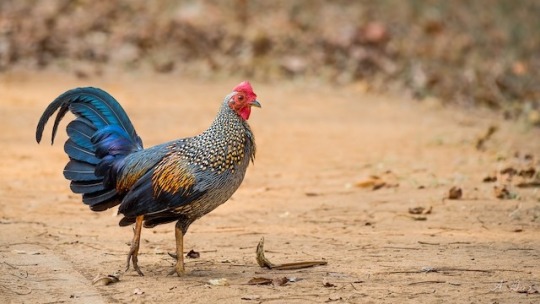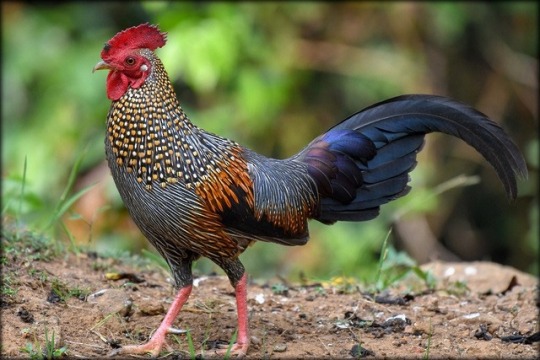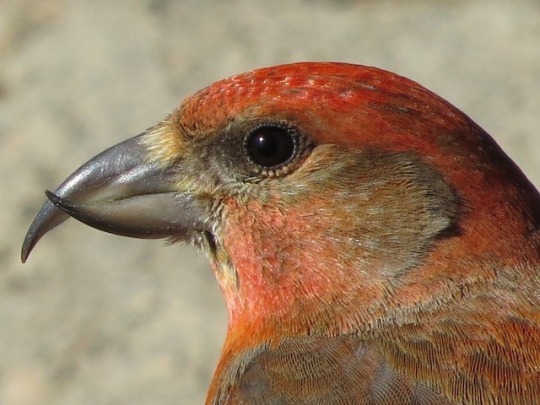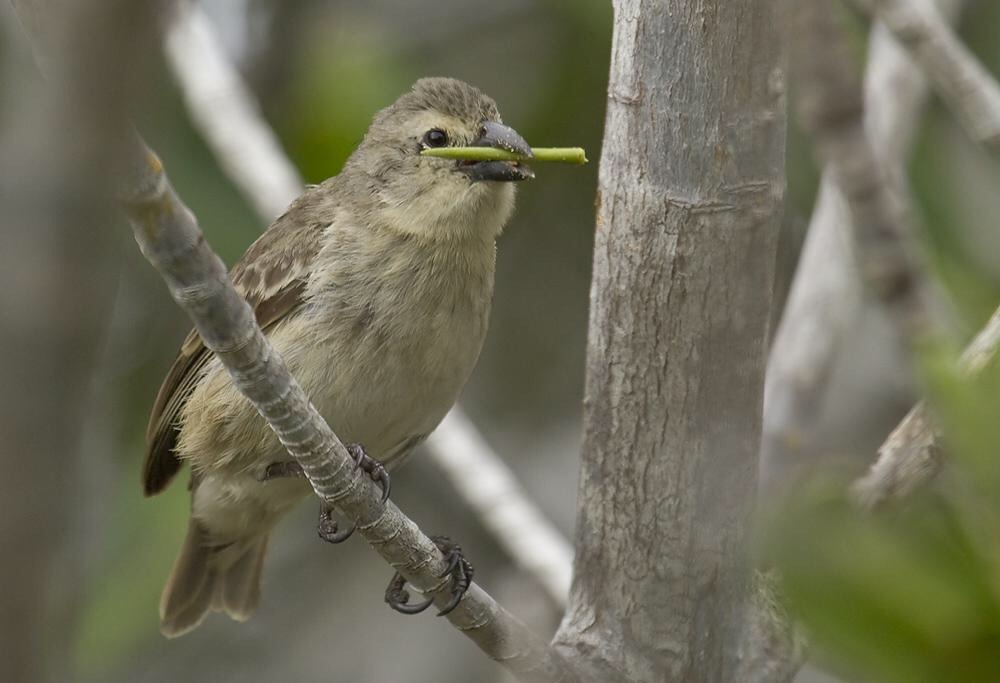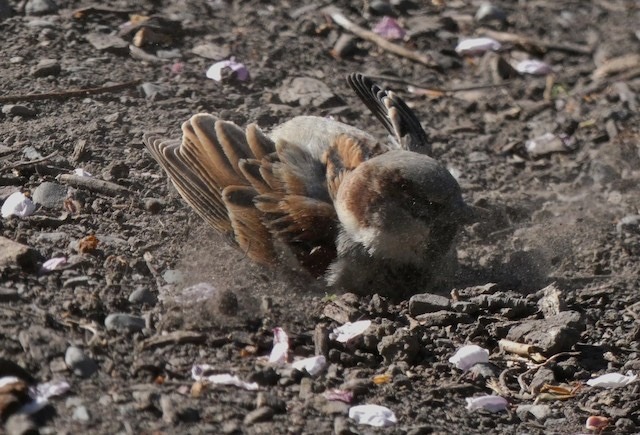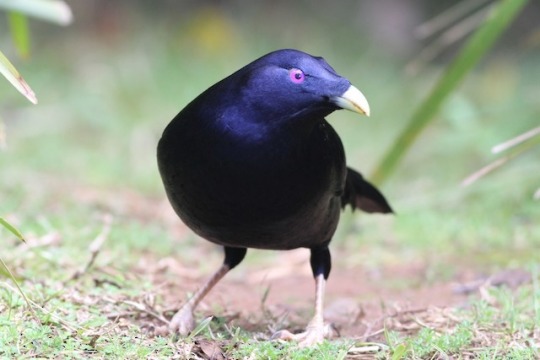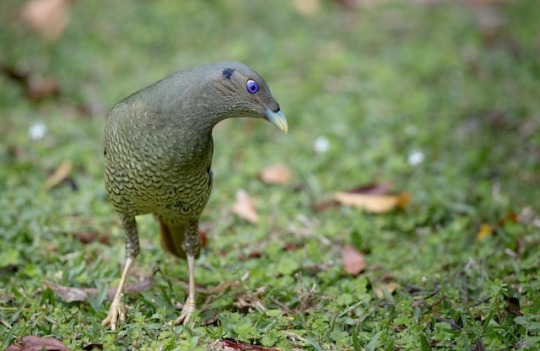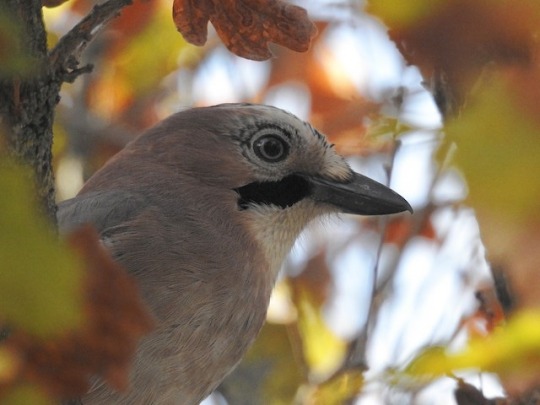

researchers at the university of cambridge have found that eurasian jays, a member of the corvid family, may show empathy, and cater to their partners’ needs. researchers fed a female jay where her partner could see her. there were two bugs that were fed: mealworms and waxworms. researchers fed only one kind. after receiving many, the jays wanted the other option. when the males were allowed to feed the female, they gave her the bug she had not been fed. when researchers fed the females out of sight, the jays did not know which was preferred and fed both bugs to their mate equally.

